If you are a photographer who wants a true rangefinder experience in a digital camera then you have only a few options. At this point there are several older Leica models on the market (that’s a win), a new Leica, an old but very cool Epson (the first digital rangefinder, actually), and as of recently, a new addition from a camera startup Pixii.
While Leica has it’s legacy of renowned cameras and glass, what we get with the Pixii is a fresh take. It’s what you get when you can design a brand new rangefinder camera from the ground up in the digital age.
It’s equal parts analog and whole-heartedly digital age.
My Pixii Camera
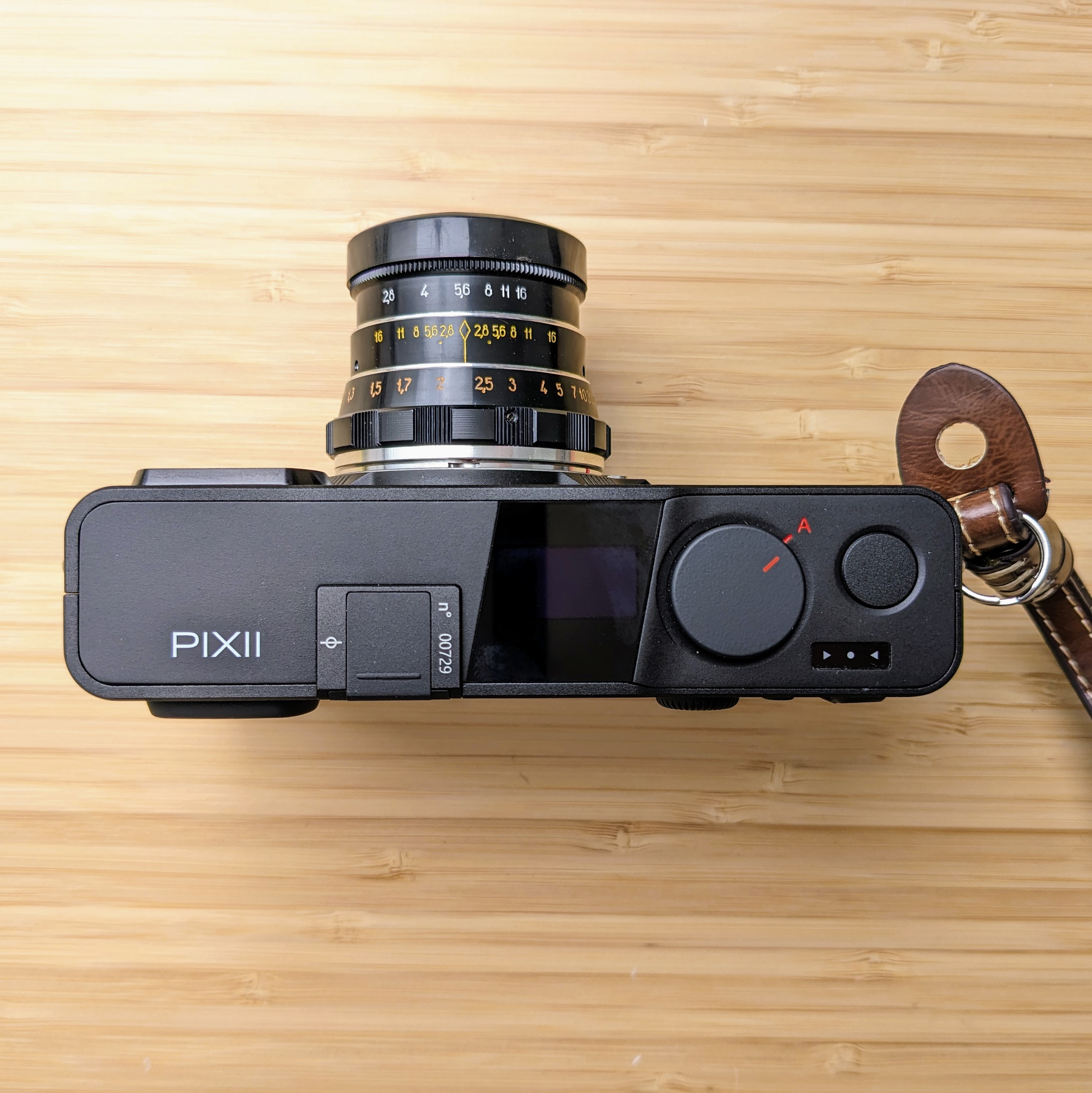
I finally picked up the Pixii after a long while of it mulling over in my head. I should say that I am incredibly fortunate to be able to afford the camera. It’s thanks to support from you, the reader, and viewers of my YouTube channel. This camera is incredibly expensive (I’ll explain later how it’s priced for it’s direct competition), and would not have been possible otherwise.
Beyond the financial support, my work on my websites and YouTube channel also guided the decision in two important ways. First, I want to highlight interesting cameras that are hard to get ahold of. This includes cameras that have little to no information online. I enjoy putting out more info and quality photos/videos of those cameras. Second, in the process of highlighting cool cameras I realized I could support active innovative camera companies directly. Instead of watching these cameras fizzle out and die, only to report on them ten years later as a “what-if”, I can be an active supporter alongside the efforts and report on them growing (hopefully).
All these reasons and more I’m probably missing led me to drop the $3k USD on a brand new Pixii from France.
I chose the black body. It also comes in a space grey. I felt the black to be more classic and will stand the test of time better. The space grey does look very cool though.
This Pixii uses onboard memory, without an option for removable storage. As I found out in my first impressions video, this is a sticking point for many people. Though how many are actual potential customers is unclear. I would like to take this feedback to David, the CEO, and see what he thinks. I actually prefer the setup in many ways, but the arguments against it can’t be ignored. Stay tuned for more on that and thanks for passing along feedback.
What Makes The Pixii Camera Special?
The rangefinder. We could stop there, although there’s more to it.
I emphasize the rangefinder because a digital rangefinder other than a Leica is a big deal in the camera world. Everything else I’m about to talk about is interesting in it’s own right, but the camera as a whole wouldn’t be interesting without this fact.
It’s also why this camera can’t be compared to a Fujifilm x100, xpro, or Sony a6xxx series camera: something that’s happened a lot on mainstream viewership of the Pixii. Nothing against those other cameras of course. They’re gonna take as good pictures practically speaking. But that’s the difference. That’s why this camera is special.
Okay, but there’s more.
The sensor. The latest Pixii generation uses a 26MP APS-C sized sensor, which has stolen the top spot for APS-C sensors on DxO. That’s worth noting. And in my time using it, it has performed very well. While I have nothing wrong with APS-C, M4/3, or really any sensor smaller than full-frame, it does have some limitations with the M mount system. While other systems make lenses for smaller sensors to allow wider focal lengths with the crop, M mount lenses are designed for full-frame. With the crop you are more limited in the wider range of focal lengths.
The tech. The Pixii is loaded with tech. A 64-bit processor (the first in a camera, I believe), quick file transfers to app via WiFi, USB-C charging (though you could charge batteries separately, if desired.) Beyond the hardware, there’s some interesting software things they are trying, like a Monochrome mode which gives you a monochrome DNG raw file after some software tweaks. Not the same as a debayered camera, and I still don’t totally understand the what’s going on behind the scenes, but I’ll dive more into that in a future write-up.
Upgradability. It’s also worth talking about the upgradability of the Pixii. Here’s the quote from Pixii’s site:
The Hardware Upgrade service lets your camera benefit from the latest technologies: buy a sensor upgrade, a new processor or update your viewfinder.
https://pixii.fr/pixii-camera
Pixii is designed with the future in mind. Together with software updates, the modular architecture of Pixii helps protect your investment.
I want to ask David more about this and what exactly they have in mind. Already the processor and sensor upgrade have existed for prior owners. I’m not sure about the viewfinder if that’s happened yet. And what else could be done here? Could you upgrade the memory later down the road? Things like that. It’s a cool concept though, and if done right could mean a camera that stays with you and gets upgraded over time.
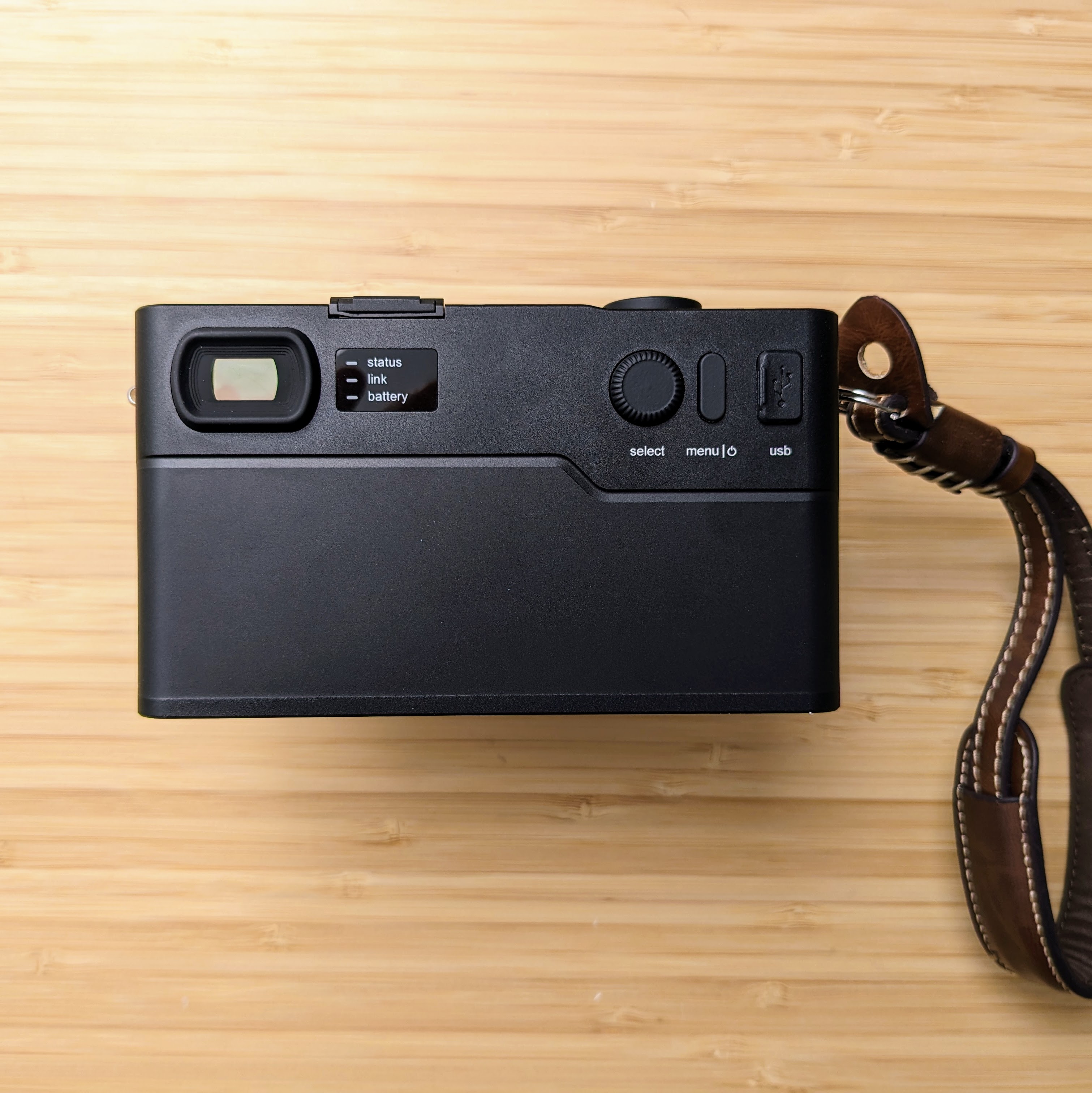
No LCD. It’s funny to call this a feature, since it’s really a lack of a feature. And maybe I seem like a privileged hipster for saying this (YouTube commentators have said worse), but it really does alter the experience of digital photography. Sure, you absolutely can tape over your LCD or just promise not to peek. I think that’s a great exercise. But having absolutely no choice in the matter, paired with the immersion of the rangefinder viewfinder, keeps you right in the moment like few other cameras have done for me.
I will say on this note that a similar experience for me is using a DSLR with an OVF, and turning off image review, and promising not to peek. It’s tempting though. But if you can snap pics and just not worry about how they’re turning out until you get home it will change your photography. Not that there’s anything wrong with peeking. If I was on a paid or otherwise high stakes shoot I absolutely would. It’s a benefit. But it changes things.
The Body
My first reactions to the body are good. Build quality feels very good. Tolerances on the body are tight, no dials or buttons feel loose or wobbly. The body has metal and plastic components, but mostly metal.
The glass wrap around the front loves finger prints and smudges. When it’s clean, it looks very sharp. But I find myself wiping it all the time.
The shutter button is okay, but not my favorite. I think it fits with the overall futuristic theme of the whole camera, but I like the physical sensations cameras can give sometimes. That, and the lack of a mechanical shutter mean there’s very little feedback when you take a picture.
There’s no grip. This fits nicely with the Leica M look and feel (maybe, I’ve never actually held a Leica) so for most maybe it’s what you would expect for a rangefinder. It’s tough for me to get used to though.
The Controls
I really like the controls on this camera. They are very simple. A top dial to control shutter speed, a small menu system that let’s you quickly change exposure compensation, color profiles, white balance, etc.
You navigate the menus using the rear control dial and the menu button. It’s very simple. I love simple. There’s a time and a place for a million options and controls on a professional camera, but I rarely find joy in fumbling through settings.
The Photos
Dynamic range is great. Monochrome mode looks awesome, and while I don’t totally understand how it works, the tones of the RAW file it gives me are different than the color counterpart.
The colors are still something I am playing with. I feel like the camera often white balances differently, or maybe it’s just the color profile I am in. There are a number of built-in color profiles you can set. I did learn that I was shooting at ISO 80, and that it is not the base ISO for the camera (ISO 160 is). Maybe something with the limited dynamic range in combination with the profile were playing with the colors. Or maybe I am just not used to it. Either way, I need more time on this front.
What would you like to see?
More to come. Is there anything you want to know or see? Drop a comment below and let me know. Check out my video first overview/impressions. Until next time, happy snappin’
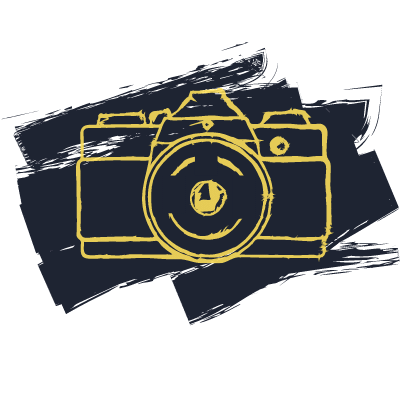
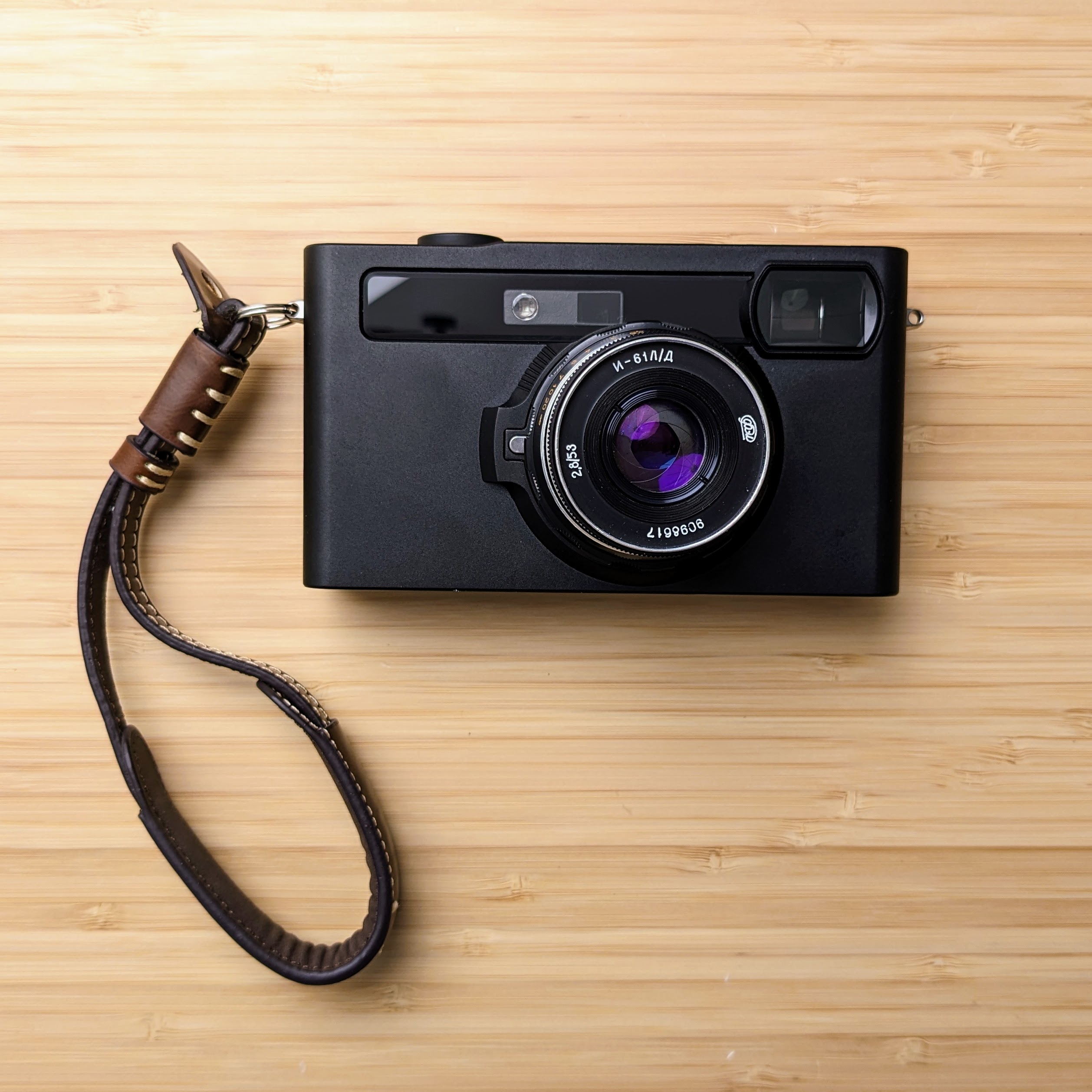
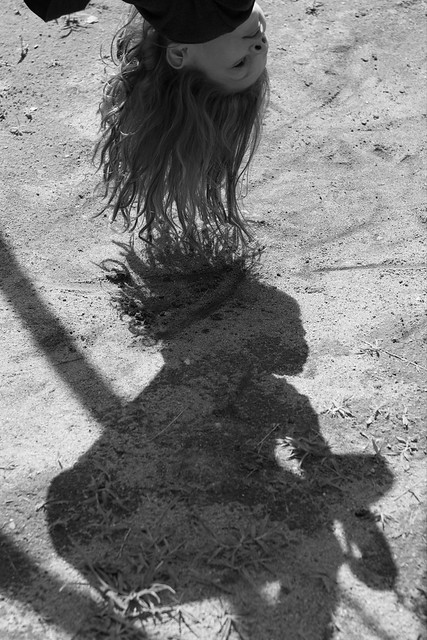
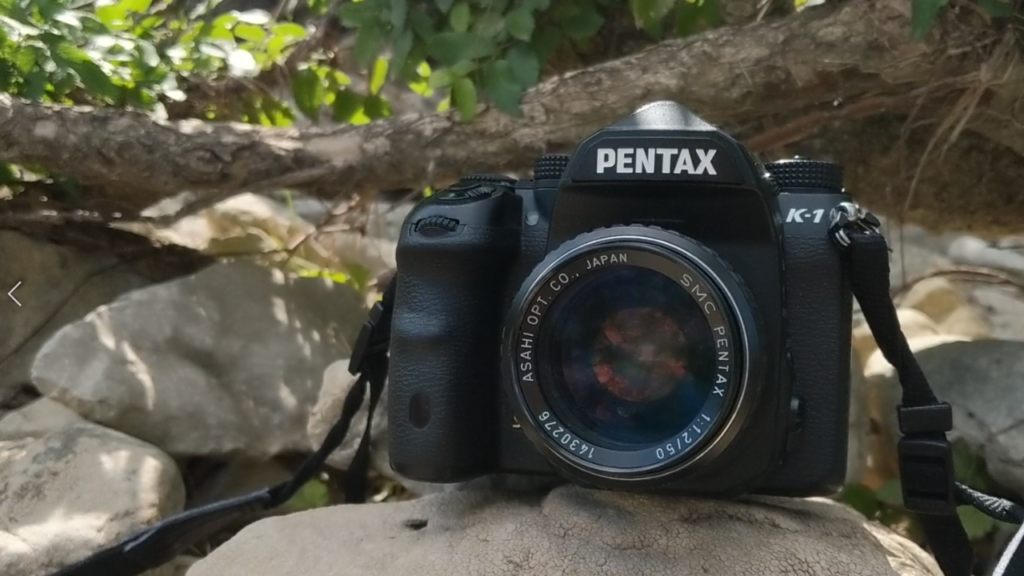
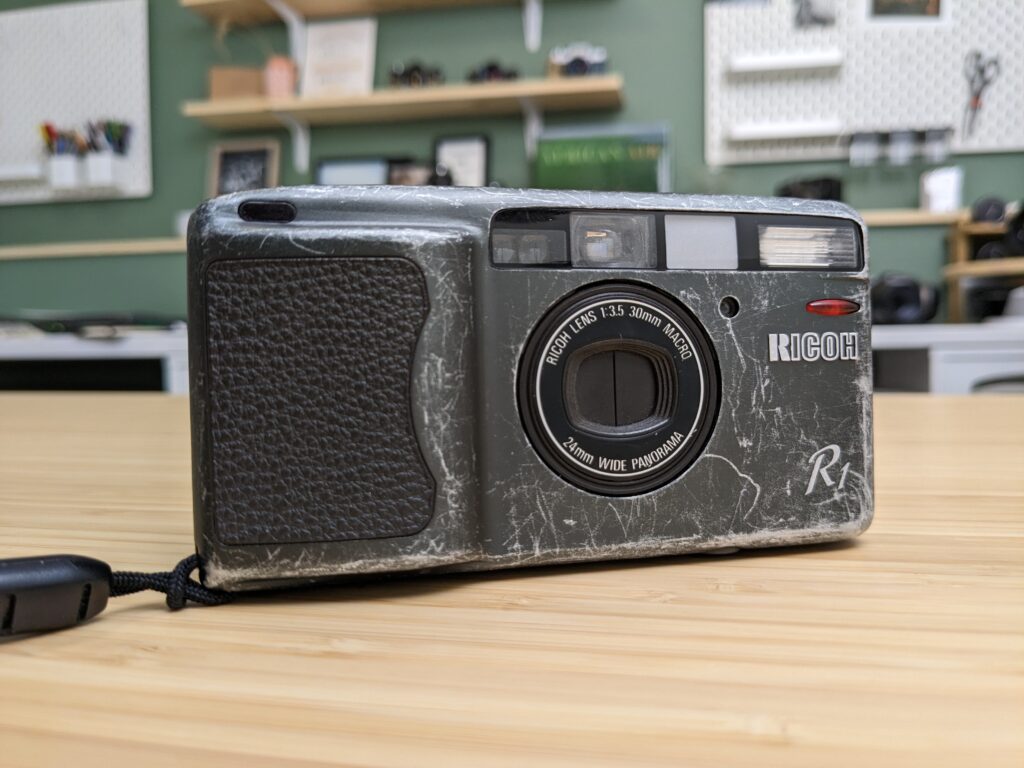
Hi James,
I really like your slow paced but dense packed content on YT. But I think blogposts or dedicated websites are totally underestimated to deliver camera related content. Your site is very refreshing for work breaks, without loosing focus (… no pun intended :D).
Your videos made me appreciate my current kit and stop chasing for the next best thing. Now I have fun shooting an micro 4/3 camera from 2016 … the Olympus Pen E-PL7 … wich produces lovely results out of camera. And when I am picking up my Sony A7 (Mark 1, splendid used contition) and my a6000 … I realise that I have no need for more feature packed Bodys.
Keep up your great work and have fun snappin 🙂
Greetings from germany
Nik
PS: I’m now looking for a Dynax-CCD-Body instead of a Sony a9 … thank you! 🙂
Thanks for the kind words Nik. Glad you’re enjoying those great cameras. There’s a lot of joy to be had in these old-but-still-great cameras 🙂
This Weekend I’m taking my a6000 + 135mm f/1.8 on a Dressage-Event. Such a great Combo for action & animal portraits. In this case horses & riders. Your reviewed 300mm f/2.8 on mft would be very suitable for this event too, but my Olympus Pen would look like a rear lens cap on this gigantic but awesome lens 😀
Have a nice week!
Nik
That sounds like a fantastic setup! Enjoy!
I’ve been threatening to buy a Pixii since it first came out, and then ever more lusted it after they added mono mode. Part of me wants to help them (I’m a UX designer by trade) to make a great functioning camera, but then again Photography is my ESCAPE from my work, and I know my personality…so, I’ve held off. Oh, and I do absolutely love my Leica M240 and even though the Pixii sensor rates high, it still feels (like later Leica’s) very “Sony” feeling…but I digress.
From what I’ve gathered, the mono file is a lot like what Cobalt Imaging does with their CCD and CMOS Monochrom profiles…from Cobalt:
“Beginning from the spectral sensitivity of the sensor, instead of relying on a limited number of colour patches (such as the colour checker 24 and SG), we curated a virtual target with over 15k patches. This allowed us to create a meticulously precise emulation of the original sensor characteristic. The end result is unparalleled in quality and delivers the unmistakable Leica M Monochrom black and white signature.”
So, basically they have a formula that looks at each pixel, and have a map on what the color filter does, and reverses it to the pure luminance. You don’t get the pure resolution (since it still de-bayerd), but you do get more control of tonal range. I use it on my M240 and can vouch for the level of control it gives me over a standard BW conversion.
And therein lies another reason I haven’t bought one…the Mono mode seemed great, but the Cobalt plug-in gives me most, if not all of the same.